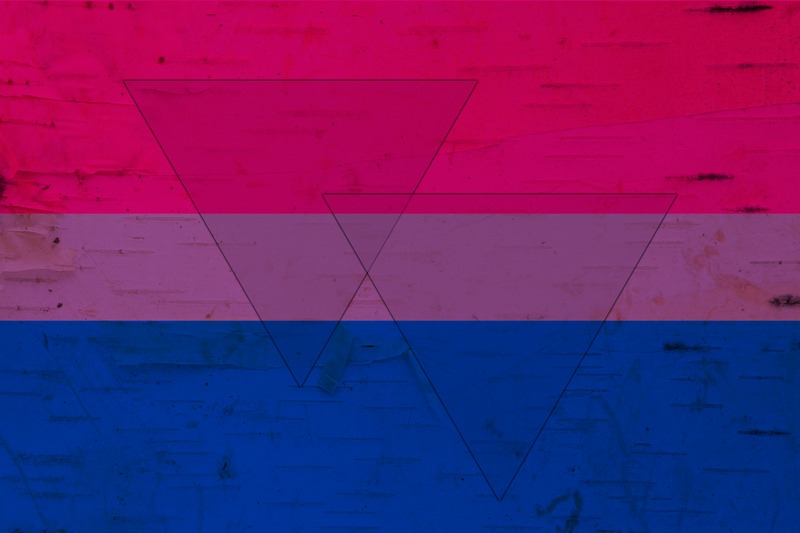As it’s Bisexuality Awareness Week (and Bisexuality Awareness Day on 23 September), Nic Marlor, our LGBTQ+ advocate and Senior Commissioning Support Officer at NECS, explains what it means to be bisexual and how we can all continue to be an ally to our LGBTQ+ communities and colleagues, and where to get support.
“Welcome to my latest LGBTQ+ awareness blog, this one will focus on awareness around bisexuality, hopefully providing insight and more understanding about what it means to be bisexual.
“The word “bisexual” was first used to refer to a sexual attraction to both men and women by Charles Gilbert Chaddock in 1892. However, bisexuality was rarely openly discussed until the second half of the twentieth century due to the pervasive cultural stigma surrounding being gay.
“Bisexual is a term for people who experience attraction to more than one gender. This doesn’t always mean men and women, but can incorporate those who have other gender identities too, such as non-binary.
“In a worldwide survey, 4% of people identified as bisexual. A Gallup poll estimated that approximately 5.6 percent of the population identified as LGBTQ, with over 50 percent of them being bisexual. So, bisexual individuals actually make up the largest portion of the LGBTQ+ community! Within NECS, over 1.3% of colleagues identify as bisexual.
“You may hear other terms to describe attraction to more than one gender used, such as pansexual, omnisexual and polysexual – some view bisexual as an umbrella term for these sexualities, some argue that bisexuality is different. Ultimately, people use the label that feels most comfortable for them, and some people may use more than one label to describe themselves.
“On a personal level, I describe my own sexuality as both bisexual and/or pansexual, and this changes on any given day! I realised my attraction to both men and women quite early on in life but, as mentioned in previous blogs, spent most of my life in heterosexual relationships for a number of reasons. In these cases, it can sometimes be viewed that the “other” side of someone’s sexuality was “just a phase” (whether that’s a heterosexual phase or a gay phase!) and this can be really dismissive of that part of a person’s identity.
“For example…say you’re a straight woman, and you’re in a committed relationship, you might still find other men attractive. It’s the same for someone who is bisexual; regardless of who they are currently in a relationship with, they may still be attracted to other people. For bisexual people, their attraction might not always be toward someone of the same gender as the person they are with.
“People around me regularly refer to my “coming out” or “becoming gay” when I entered into a same sexual relationship in my early 30’s – despite the fact I identified my sexuality as bisexual in my teens. I think the learning here is to never make assumptions!
“Ways in which people can continue to be an ally to our LGBTQ+ communities and colleagues:
- Continue to develop your understanding (hopefully this blog should help with that!). More information about bisexuality can also be found here
- Be conscious of your language – some of this might cause offense to LGBTQ+ people, even if you don’t mean to. This doesn’t mean saying nothing just in-case you offend someone, it’s just about raising self-awareness
- Engage with diverse literature and media, especially those with people sharing lived experiences to help broaden your understanding of different perspectives
- Part-take in courses to improve inclusion
- Attend safe space events and listen to the experiences of others, while also providing support
- Speak out against discrimination
- Help to amplify the diverse voices of others and create inclusive spaces.
“If you or someone you know would like some support, you can contact the one-stop listening service for LGBTQ+ individuals at Switchboard“


